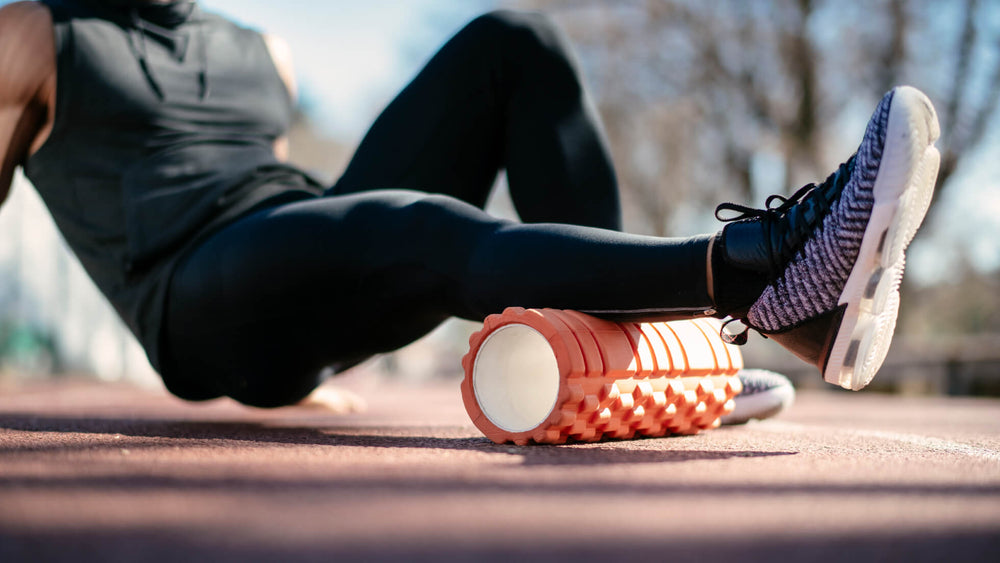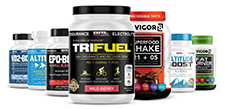What is Periodization?

The term "periodization" is often invoked in the cycling lexicon. But a surprising number of cyclists don’t have a concrete understanding of what this term means.
Periodization can be either linear or non-linear. Linear periodization is the more popular the technique and is preferred by many of the world’s top runners, cyclists, and swimmers. Periodization is simply the structuring of a training season into periods or zones focusing on specific skills. Each period is designed to specifically benefit a certain aspect of overall fitness. Later periods usually depend upon success in earlier periods in order to be of value.
Stages of Linear Periodization
1. Preparation period: In the first four to six weeks you’re getting prepared for the battering your body is going to take over the next four to six months. This often consists of weight room training and possibly cross training with swimming or running.
2. Base period: The next eight to 12 weeks is called the base period, and is spent increasing endurance.
By the end of the base period you’ll want your longest ride of the week to match the duration of your most important upcoming race.
3. Build Period: During this stage, you’ll begin increasing the intensity of your workouts in conjunction with decreasing their length. In addition, you’ll spend quite a bit of time improving any weaknesses that might hinder you in a race situation.
4. Peak Period: This period is used to rest for upcoming races. Here you still want to incorporate high-intensity workouts so that your body doesn’t lose any fitness, but their number should be greatly reduced. After tapering off you should be ready for up to three or four weeks of racing.
Take the next step in your training regimen: Try any BRL Sports supplement risk-free! If our natural nutritional products aren’t the best you’ve ever used, simply return your purchase for a 100% refund — no questions asked!
Also in Inspiration & Perspiration

Compression Therapy: Is the Juice Worth the Squeeze?
Recover faster and train harder—learn how compression therapy boosts circulation, eases soreness, and speeds muscle repair.

Race-Day Energy and Post-Race Repair: The Ultimate Carb/Protein Blueprint
Fuel smarter, recover faster—learn the ideal carb-protein mix to power your workouts and speed post-race recovery.

Ice Baths vs. Saunas: Your Next Recovery and Performance Hack
Discover whether heat or cold gives you the recovery edge—sauna or ice bath, which boosts performance best?


